INDIE GAME CASE STUDY: Theatrical & Tour
 Wednesday, November 7, 2012 at 9:00AM
Wednesday, November 7, 2012 at 9:00AM 
Hi there, Lisanne and James here, with more from on our blog series on the making/releasing of Indie Game: The Movie (IGTM). We wanted to write about our experiences and put out the type of information that we wish we could've found when we started IGTM. We've learned so much from other filmmakers and creators sharing online, this is our way of giving back and adding to the conversation.
PART 1: Overview
PART 2: Technology & Building Audience
PART 3: Distribution - Theatrical & Tour (today!)
PART 4: Distribution - Digital
PART 5: We're not Louis C.K. ... and you can be too!
[Continued from Part 2] So, at Sundance, we considered some distribution opportunities. In the end, it was determined that none were an ideal fit for the film - for a variety of reasons (see the last post). We felt that the film, the audience and ourselves as filmmakers were best served by a self-distribution strategy. It wasn't an easy decision to make, at all. But ultimately felt like the right one. So, what did that strategy look like?
Release Plan
After Sundance, we returned to Winnipeg in early Feb 2012, collected ourselves and jumped into an ambitious self-release plan.
Screening Tour (March-May)
We organized a 15 city, in-person US tour, presented by Adobe
Theatrical Engagements (May-July)
In May 2012, Indie Game: The Movie opened in New York, Los Angeles, Seattle, San Francisco, Toronto and other markets, qualifying for the Academy Awards.
Digital Launch (June)
Release digitally on iTunes, DRM-free from our own website (powered by VHX) and on Steam (the world’s largest online video game retailer).
Festivals (March-Ongoing)
Continue with festival screenings, including SXSW, Sheffield, Hotdocs and 30+ other great festivals.
Why So Fast? We released the film rather quickly. Most Sundance films start to roll out 6-9 months post festival. We were essentially cutting that time in half - with a staff of two people (and, later 3 people).
Hereʼs rationale behind the strategy...
Continuing Momentum & Consolidating Buzz: The film was getting some amazing buzz out of Sundance, stories in Fast Company, Entertainment Weekly, Wired, NPR, CBC Q, The Carson Daly Show. It was dream exposure for any independent film - especially one on an limited budget such as ours. In many ways, the choice was to build on the buzz, or calm it down a bit and attempt to re-ignite coverage later in the Fall. We chose to add to and chase the organic word of mouth. Therefore, the closer we could place the filmʼs release to this continued coverage, the better it would be.
A Theatrical Film: We felt IGTM had theatrical value. Itʼs a film with a dramatic arc and universal emotional themes. We felt that people should should have some opportunity to see it on the big screen.
Supporter Timeline: By Jan, 2012, some of our supporters have been following the film for 1.5 years. The film was supported by worldwide online audience (60% of pre-orders were from outside North America). The prospect of a longer regional, windowed release didnʼt feel in the spirit of the film and those that supported it.
Online-Guided Plan: We felt the film would succeed most and find its largest audience online. All release decisions were done in service of the filmʼs digital launch.
Concerns of ʻPremature Piracyʼ: We had a healthy fear of ʻpremature piracyʼ. Our core online audience were people who really wanted to see the film. Sure, they wanted to support us as filmmakers, and the project. But more than anything, they just really wanted to see the film - no matter how. This is not a bad problem to have, just a stressful one. The longer a film circulates without a digital release, the higher the chance of debuting on the torrents. These concerns compressed the timeline.
The Screening Tour

Overview
We organized an in-person Indie Game: The Movie US Tour, presented by Adobe. From March - May 2012, we travelled to 15 cities, mounting 23 tour event screenings (with additional in-person screenings held at festivals like the Game Developers Conference, SXSW, HotDocs and at companies like PIXAR & Disney, along the way).
The tour sold out 13 out of 15 cities in advance tickets online, with an avg. of 700 people per city attending (ranging from 400 - 1200 per stop). The tour was fantastic and had a perfect 'celebration' vibe to it. It allowed us to connect meet-ups in the related worlds (gaming, tech & art) together. It was instrumental in building enthusiasm for the film & digital release. The tour was also profitable.
Whatʼs a Tour?
With the tour, unlike theatrical engagements, we rented the theaters ourselves and sold tickets online ourselves. For more on theatrical engagements, see below.
Why a Tour?
From day one, we had hoped to do an in-person tour. We loved the idea of this film being used to connect people. There are so many great examples of this happening in independent gaming already, with thought it was a perfect fit for the audience. On top of that, we were inspired by the tour releases of Gary Hustwit and Kevin Smith.
How?
There is really no magic to planning your own screening tour. Itʼs simply hard work...a lot of hard work. It was literally days filled with picking up the phone, calling & booking/renting theaters, piecing together a cross-country tour.
Life can be made much, much easier by hiring a professional booker (and we would very much recommend looking into this). But, for us, things were moving so fast, so we ended up doing the work ourselves with the help of our own team member/screening coordinator. (About 3 weeks into planning, we expanded our team of two, to three. We brought on the lovely, amazing Kym Dopheide (a former colleague of Lisanneʼs from the CBC).)
Cities were selected, mostly, on the basis of our 3,000+ screening requests received over the course of making the film. Tickets were sold using Eventbrite.
Marketing
No advertising dollars were spent on the tour. All outreach was done via social media, mailing lists, news articles and association partnerships. In many ways, the marketing for the tour was done throughout the previous 18 months of auidence building.
40% of tickets sold in the first 24 hours of announcing the tour through a tweet, blog post and mailing list send out.
Sponsorships & Partnerships
In February, Adobe came on as the headline sponsor of the tour. It was a great match to the filmʼs audiences: gamers, developers, creators and design enthusiasts. Adobe was a tremendous partner. Their sponsorship helped defray capital costs, but was equally important in promotion of the film through their city-based community networks.
We also paired up with the IGDA, AIGA and various game/design/art groups & companies in each city. They were all a wonderful support. We would offer a presenting title & discount code in exchange for spreading the word to their membership/employees.
Results
The tour was a success from all perspectives. See below for details.
Theatrical Engagements

Overview
In May, the film opened in New York, LA, Seattle, San Francisco, Toronto and expanded into other markets. The film was held over for multiple weeks in New York (2 weeks), Seattle (4 weeks) and San Francisco (4 weeks). Through its theatrical engagements, Indie Game: The Movie officially qualified for Academy Award consideration.
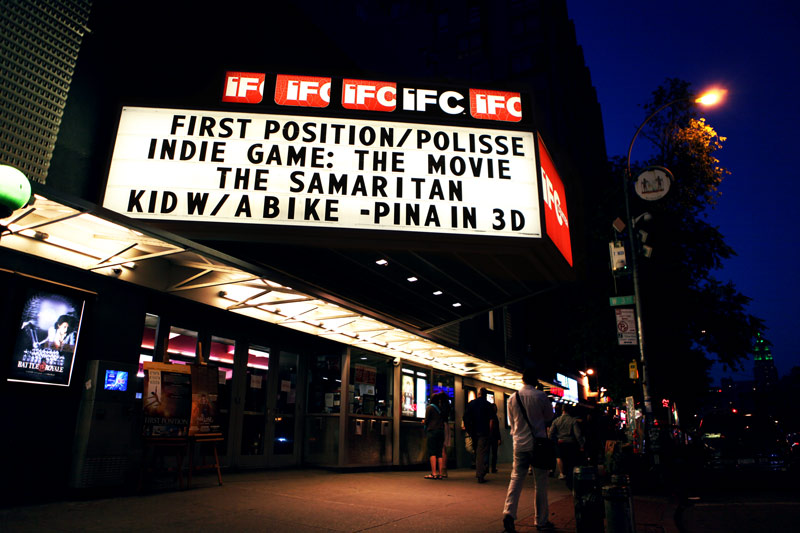 Whatʼs a theatrical engagement?
Whatʼs a theatrical engagement?
Unlike the process for our event tour, there are no rentals. For theatrical, a theatre programmer will book a film into their schedule for a week or so and sell the tickets. Then, the theatre and the producers/distributors share the ticket sales through a revenue split.
Booking Engagements
In many ways, the theatrical release of Indie Game: The Movie happened because the success of the tour. On the tour, theater programmers had started seeing this “video game documentary” bringing in full-houses for weekday nights. We started to receive emails & calls from independent theaters. (We also got a great amount of help and encouragement from Clinton McClung, a SIFF Programmer who posted about the film on a film programmer listserv.)
From the road on Tour and with the help of our screening coordinator, we booked theatrical engagements with theatres ourselves (except in NYC, where our sales agent, Film Sales Company, made the booking).
Marketing & Promotion
We worked with two PR companies to promote the LA/NYC openings. Strategy PR/Consulting helped us get reviews in newspapers, and Bond Strategy and Influence helped with interviews in digital media. Newspaper ads were placed in NY/LA only. We continued to promote through our mailing list & Twitter/Facebook. This promotion was aimed not only at the theatrical engagements, but we also knew that it would dovetail nicely with the forthcoming digital release in June.
Canadian One Night Only Showing

IGTM premiered in Canada in an innovative way with a one-night-only across-Canada satellite event in 37 theaters on May 3, 2012. The event was organized and sponsored by Hotdocs Film Festival and Cineplex, a partnership brokered by Film Sales Company. The film screened at the same time across the country and was proceeded with the live satellite Q&A from the festival to nearly 2,000 people across Canada at the same time. This was a wonderful experience. The Hotdocs event it created a sense of live 'happening', was remarkably efficient from an exhbition point of view, and resulted in IGTM being shown in towns and theaters that docs like ours would never hit (Lethbridge?!, Kamloops?!) and we hope we see more of these events.
International Theatrical & Screenings

As we toured the film, we continued to book festival screenings and international screenings/runs. So far, IGTM has screened in 25+ countries at with over 100 community and festival screenings. The film has been booked for theatrical runs in Australia, Scotland & Scandinavia, and continues to screen all over the world. (See a full listing here).
Oscar Qualifications

The theatrical release of Indie Game: The Movie qualified the film for the Academy Awards. So, whatʼs involved with that? To be eligible for Best Feature Documentary, a film needs to have a theatrical release in NYC and LA for one week, have advertised in major newspapers in both cities, and have been reviewed by either the New York Times and/or the LA Times.
Results

Promotional
From a promotional view, the tour and theatrical run were very successful. While the tour generated fantastic local press & strong online buzz, the theatrical opening served to produce some of the filmʼs highest-profile mentions to date (NYT Criticʼs Pick, USA Today, LA Times, etc). ʻIndie Gameʼ was even a ʻtrending topicʼ in Canada on Twitter on the night of its Canadian premiere. All of this was intended not only to help with the theatrical & tour success, but to also be carried over into the forthcoming digital release in June. Building on & continuing the Sundance momentum achieved a level of traditional and online profile that we really couldn't have bought. In short, it felt like the film's profile was peaking at the right time as a result of the compressed timeline.
Financial
We were blown away by the responses to both the tour and theatrical engagements. Both were profitable. The theatrical release (in US & Canada) grossed nicely over the mid five figure mark, and the tour grossed four times that - helping IGTM reach an overall official breakeven point. We felt like this was a pretty big achievement, especially given our small team on the tight timeline.
Some Notes:
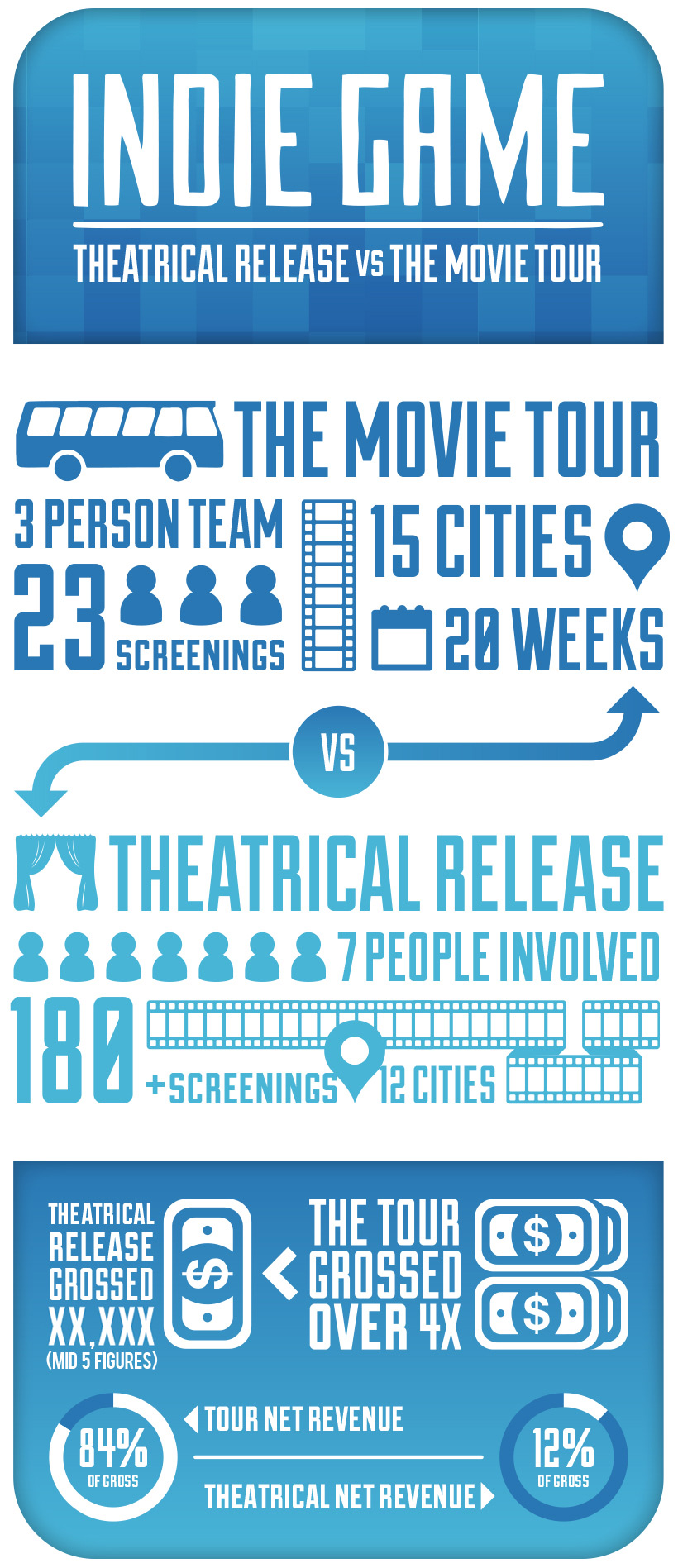 • If the screening tour & theatrical engagements were counted towards ʻOfficial Box Officeʼ, Indie Game: The Movie would be in the 20s of the top-ranked theatrical documentaries this year.
• If the screening tour & theatrical engagements were counted towards ʻOfficial Box Officeʼ, Indie Game: The Movie would be in the 20s of the top-ranked theatrical documentaries this year.
• In the theatrical release, the film played over 180 times, screening multiple times daily throughout the week. The theatrical net deducted the splits with theatres, some theatre fees, PR costs, ads in LA/NYC and the DCP encoding. (Although, you could consider the PR costs to be part of the digital release PR as well.) The theatrical team included us, our screening coordinator, help from Film Sales Company, and PR. The net revenue for the theatrical release was 12% of the gross.
• On the tour, the film screened 23 times in 15 cities. The Tour expenses included the venue rentals, ticket fees, insurance & travel. Our tour team was us & our screening coordinator. The net revenue for the tour was 84% of the gross.
• There is a temptation to look at the numbers and think that a tour is by far and away the better way to go (4x gross and a vastly superior profit margin). But there are a boatload of caveats with those numbers.
Firstly, the tour benefited from being the very first outlet for our mailing list to see the film. The 700-1000 people per city that came to the tour screenings, would have very likely gone to the theatrical - upping those box office numbers dramatically.
Secondly, the PR and advertising spending on the theatrical engagements were spread over a relatively small number of theaters. Had we extended the theatrical window & number of runs, that 12% margin would have improved.
All in all, the tour was a very efficient & effective way to rollout the film, and we think it was the right decision for this film. But be sure to look beyond the pure numbers when thinking about your project.
• The June digital release did not kill post-release theatrical or festival screenings. While we are sure the digital release certainly did decrease the screening & festival opportunities, the film continued (and continues) to screen at community, theatrical, non-traditional and festival venues around the world.
Possible Drawbacks
Too Quick? Because of the quickened timeline, the film likely sacrificed a higher general profile within the film industry and, perhaps, the general movie-consuming public. There was certainly more theatrical potential for the film. It performed very well in the cities we did run in. Had we extended it's theatrical window or brought on a larger team, the film could certainly have been in more theaters, increasing profile and box office take.
But at some point, we feel it would have started working against the spirit of the film and its ultimate audience. To us, the purpose of the tour and theatrical release was to give the film a theatrical life and bring awareness for the digital release. In this respect, we think we struck the right balance.
Self Distribution is a Marathon: The tour and theatrical release meant we were on the road 20 weeks straight, doing over 60 Q&As, countless interviews, all on top of planning and executing the theatrical & upcoming digital releases. We thought making the film was tough, it was nothing compared to the process of being personally responsible for organizing a 700 person event every second day or so. It was stressful & somewhat ulcer-inducing.
Was it Rewarding? Definitely. As a creator, it was wonderful to share in the theatrical experience, in-person on tour & at the theatrical premieres. The film connected people, and with people, which was amazing to be part of.
So, what happened next? Watch for our next post on the digital release...
Thanks for reading,
- Lisanne & James
-A huge Thank You to Chad Pugh for the great inforgraphic/design work. Feel free to check out his beautiful here -
OTHER CASE STUDY POSTS
PART 1: Overview
PART 2: Technology & Building Audience
PART 3: Distribution - Theatrical & Tour
PART 4: Distribution - Digital
PART 5: We're not Louis C.K. ... and you can be too!
NOTE: If you'd like to be included on future updates and a potential and expanded eBook version of the IGTM case study, please sign up for the mailing list in the top left column.

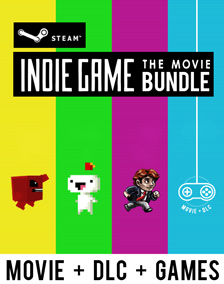
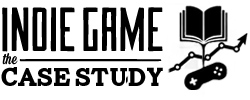



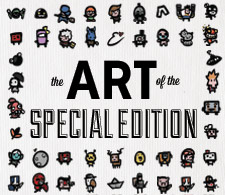

Reader Comments (1)
Self distribution is definitely grinding on the filmmakers, but I understand it was very rewarding for you. My question is: would you do it again?